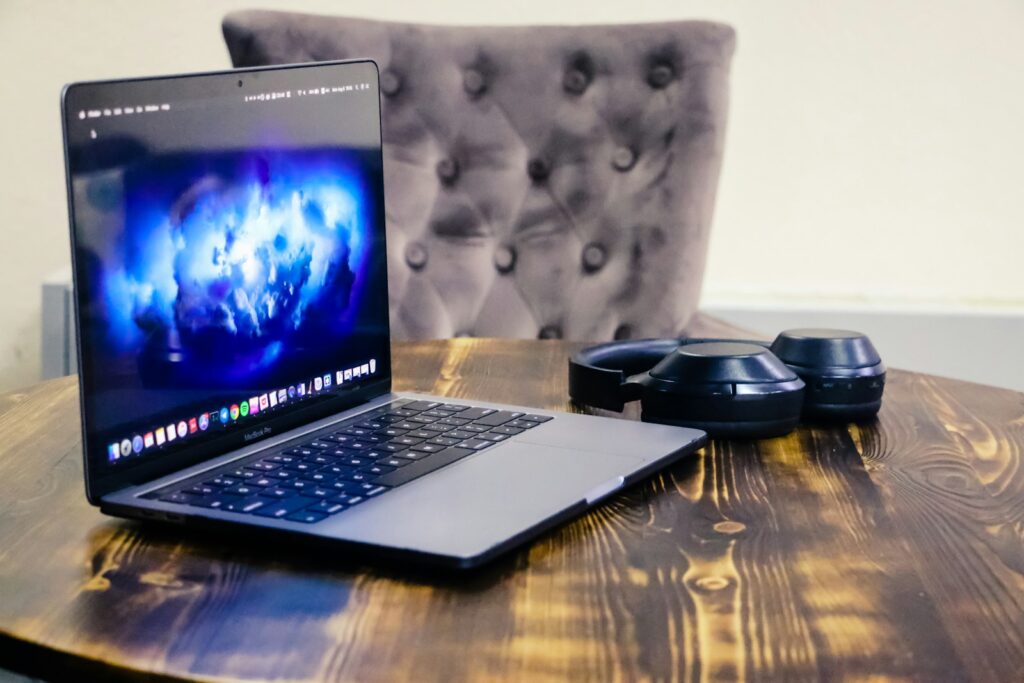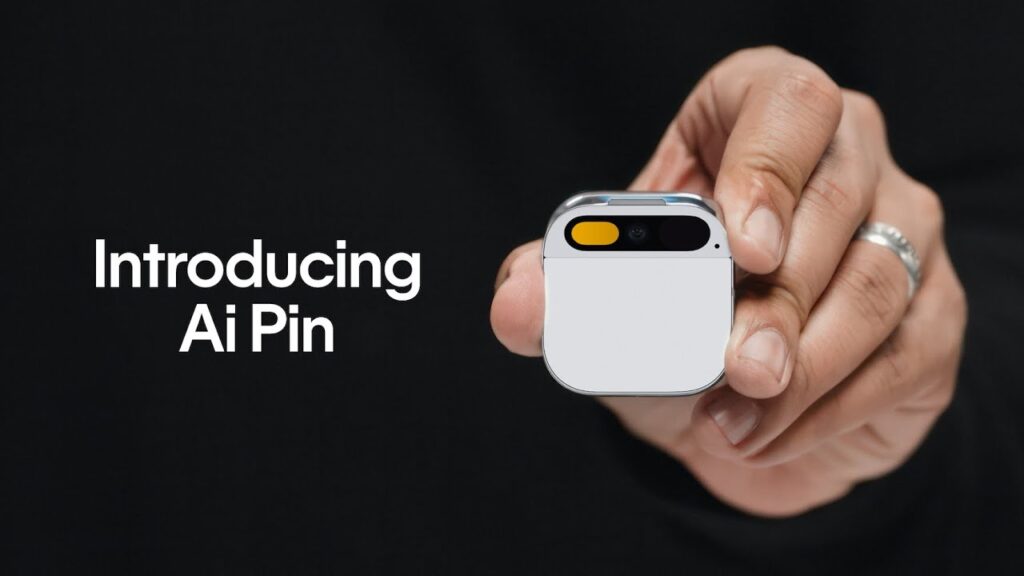Gamers have endless options for gear, but one old-school favorite refuses to fade: mechanical keyboards for gaming.
They’re loud, heavy, and unapologetically tactile. Yet in a world of wireless everything and featherweight gadgets, these keyboards still command loyalty. Why?
Let’s dive into the feel, the history, and the comeback story powering their resurgence.
The Tactile Keyboard Experience
Press a key on a mechanical board, and you’ll know it. The tactile keyboard experience is all about that instant feedback: the click, the clack, or the smooth travel that tells your brain “yes, that worked.” Membrane keyboards, by comparison, feel like typing on soggy cardboard.
The secret lies in mechanical keyboard switches, each with its own spring and mechanism. Some players crave the sharp snap of clicky switches, while others prefer the speed of linear ones. It’s the clicky vs linear switches debate that fuels countless forum threads and midnight Reddit rants.
Gamers also lean on features like anti-ghosting keyboard support, which means every frantic key press gets recorded, even if you mash half the row in a boss fight. Add in the sheer toughness of durable gaming keyboards, often rated for tens of millions of presses, and you see why these boards feel built for battle.
To keep your keyboards clean, see DIY Tech Cleaning Hacks (That Won’t Ruin Your Devices) for tips and tricks.
A Brief History of Mechanical Keyboards
The history of mechanical keyboards goes back to the IBM Model M in the 1980s, a beast of a keyboard known for its buckling spring keys and brick-like durability. It was the opposite of sleek, but it set the gold standard.
As computing went mainstream in the 1990s, cheaper membrane boards replaced mechanical ones. They were lighter, quieter, and cheaper to make. The trade-off was that lifespans shrank, and the tactile keyboard experience disappeared.
But enthusiasts kept the flame alive. Cherry MX switches became the poster child for mechanical design, and gamers started chasing that satisfying keystroke again. In a way, it was inevitable because quality always makes a comeback.
Much like we ask How Long Should a Smartphone Last?, the same question applies to keyboards—and mechanicals still win the longevity race.
The Resurgence of Mechanical Keyboards
Fast-forward to today, and we’re living through the resurgence of mechanical keyboards. What was once a niche is now mainstream, and it’s not just about gaming performance anymore—it’s culture.
Customization is a huge driver. From hot-swappable keyboards that let you change switches without soldering to customizable keycaps with every color and texture under the sun, your keyboard can be as unique as your play style. Then there’s the rainbow appeal of RGB mechanical keyboards, because let’s be honest, if it doesn’t glow, is it even gaming gear?
Innovation hasn’t stopped, either. New tech like Hall effect analog switches gives gamers more control over actuation depth and responsiveness. For esports players and hobbyists alike, the options feel endless.
And if you’re building out your gaming station, a keyboard is only part of the setup. Choosing gear that fits your playstyle, including screens, makes all the difference. For guidance on choosing the right screen, see How to Choose the Right Monitor for Work and Play.
At the heart of it, the simple reason why gamers love mechanical keyboards hasn’t changed. They feel better, they last longer, and they turn typing into an experience, not just a task.
More Than Nostalgia
The resurgence of mechanical keyboards for gaming isn’t just nostalgia, but a rejection of disposable design. Gamers want gear that lasts, feels satisfying, and expresses identity as much as performance.
Bold, customizable, and proudly loud, these keyboards stand out in a tech world chasing slim and silent. For players everywhere, they remain the tool that makes every press matter.




